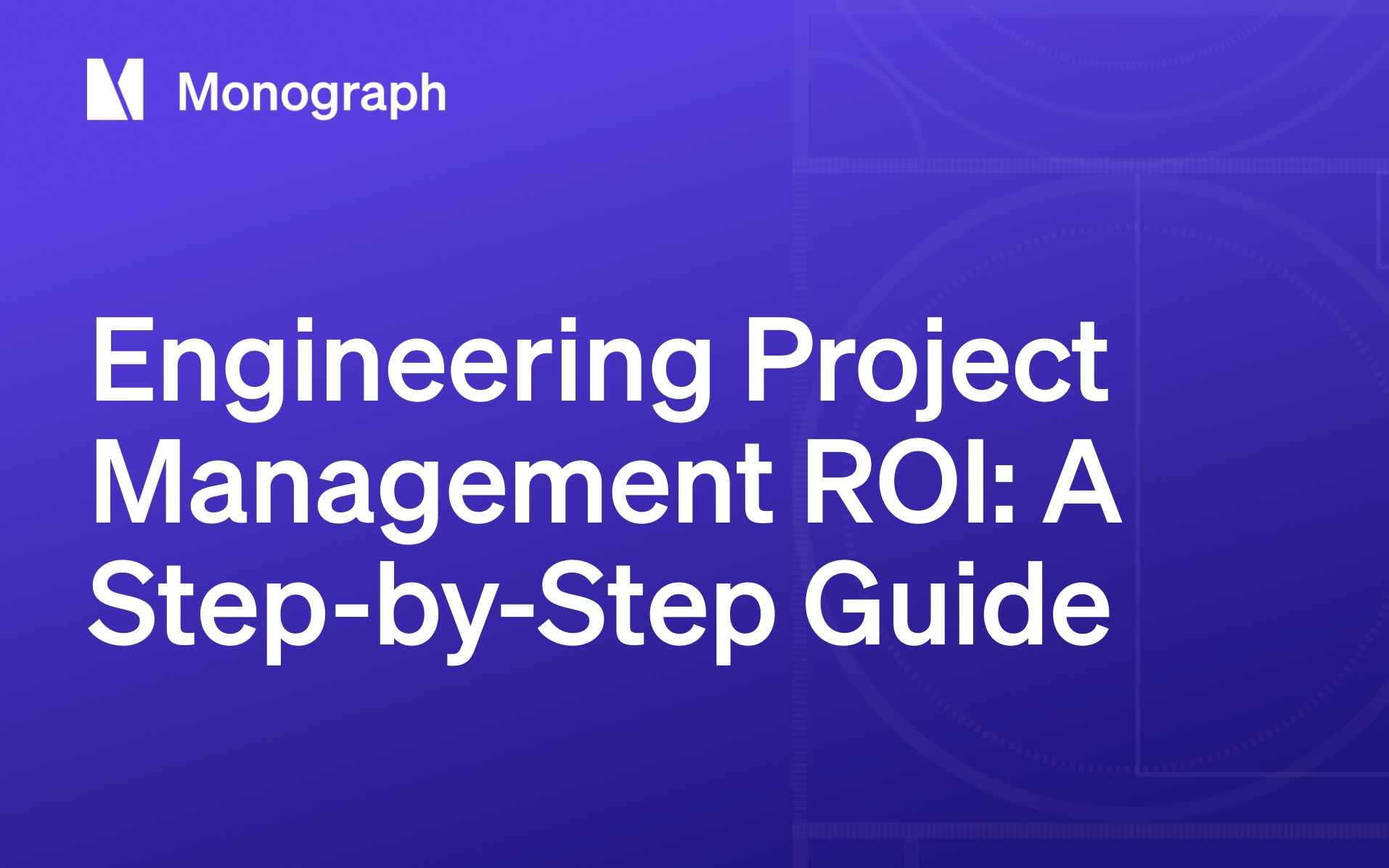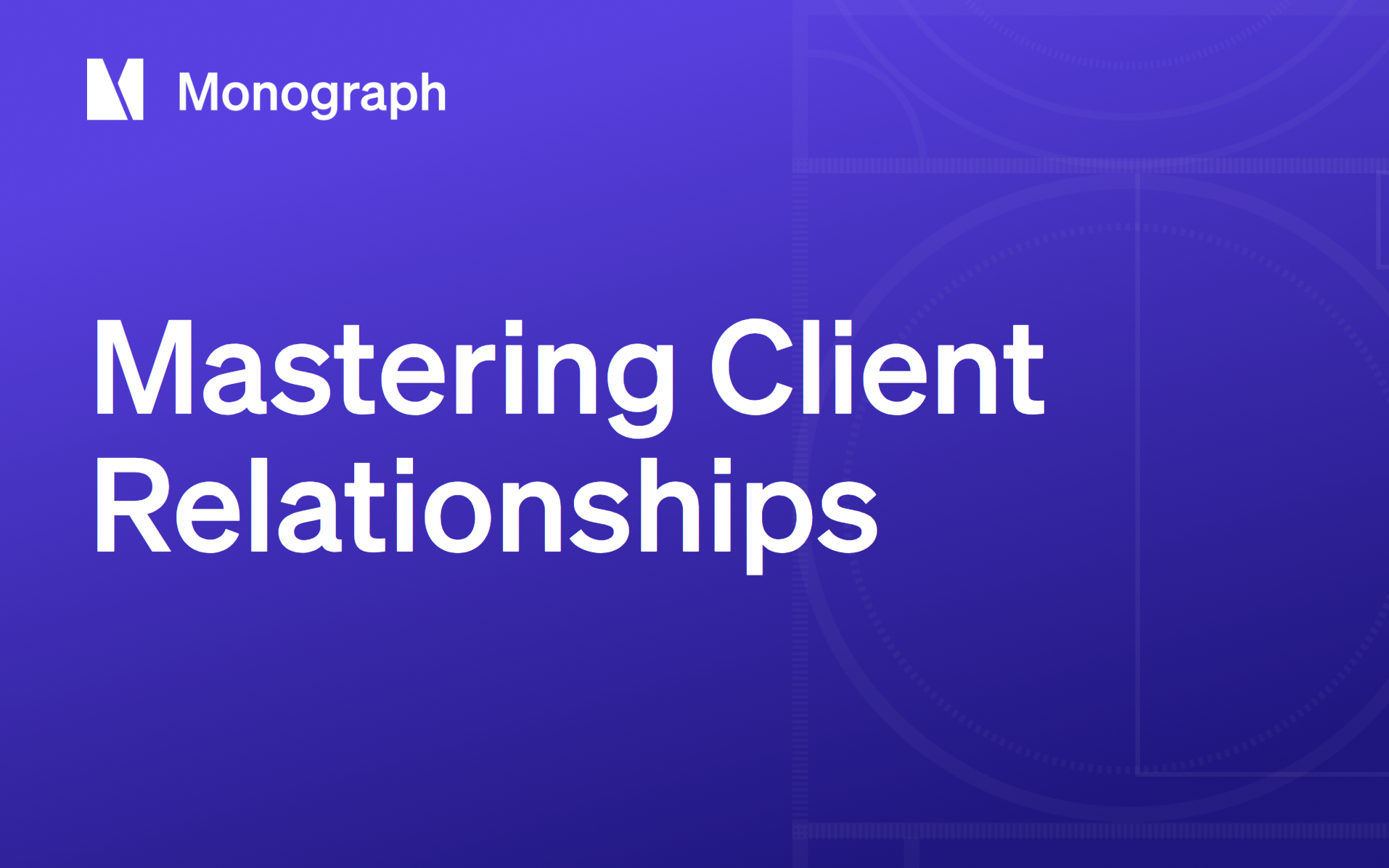Contents
You wrap a project and discover you squeezed just an 8% margin out of twelve months of work. Meanwhile, firms using advanced platforms report 44% reductions in budget overruns through real-time cost visibility and faster billing cycles. That gap between struggling and thriving comes down to one equation: ROI = (Net Benefit − Cost) ÷ Cost × 100%.
Architecture and engineering projects don't follow straight lines. Phased scopes, consultant coordination, and fixed-fee contracts turn small overruns into margin killers. Say tighter coordination nets your team $120k while the full load of labor, software, and overhead comes to $80k. That's a 50% ROI: every dollar invested returns fifty cents of profit on top.
This playbook gives you a practical, five-step method that pairs proven cost-tracking with modern metrics. You'll build a repeatable system for quantifying ROI before, during, and after every project while protecting good design and running a healthy business.
The 5-Step ROI Framework
Successful firms rely on a five-step framework built for the phase-driven, fixed-fee realities of architecture and engineering projects. Each step builds on careful data collection and strategic analysis to create a clear picture of project profitability:
- Establish Baseline: Pull historic planned-vs-actual hours, fee burn rate, budget overruns, and client satisfaction scores
- Capture Total PM Costs: Tag every project-management hour, overhead allocation, software subscription, and rework tied to technical debt
- Quantify Financial Benefits: Translate time savings, faster invoicing, higher utilization, and change-order avoidance into dollars
- Compute & Interpret ROI: Plug the numbers into the standard formula and evaluate results against A&E benchmarks
- Track & Optimize: Review live dashboards weekly, adjusting scope or resources before profit evaporates
Project velocity methodologies reveal bottlenecks early, turning abstract delays into measurable cost lines. Advanced platforms automate data capture with real-time budget dashboards, creating a rigorous, repeatable path to ROI.
Step 1: Establish Your Baseline
Start by pulling hard evidence: export last year's timesheets, grab invoices from QuickBooks, and dig up every change-order log. Those files reveal the real cost of delivering work, far beyond the tidy budgets you pitched to clients.
Document who collects time, when invoices go out, how change orders get approved. This becomes your "as-built" drawing of your management process. Modern project management platforms can import historical projects into standardized templates, giving you a living baseline instead of a static snapshot.
Step 2: Capture Total Project Management Costs
Most firms only tally timesheets and software licenses, then wonder why the math never works. Get everything on the table.
Start with PM labor costs multiplied by fully burdened rates including benefits, taxes, and overhead. Add project tools (CAD, BIM, scheduling subscriptions) plus pay-per-use cloud services. Include specialist consultants like surveyors or BIM coordinators brought in for specific scope.
Allocate overhead using logical drivers like direct labor hours. Don't forget insurance, professional licenses, and equipment depreciation. Factor in risk buffers for weather delays, permit revisions, or scope creep from the start.
Reality check: Your PM logs 240 hours on a fixed-fee bridge retrofit. At $120/hour burdened rate, that's $28,800. Software costs add $3,200. Overhead allocation (25% of direct labor) adds $7,200. Before any change orders, you've spent $39,200. Two weeks of rework? Another $9,600. Total PM cost: $48,800.
Modern platforms tag tasks as "PM" and roll every hour, overhead, and software line item into one live cost column. Civil jobs carry higher field-inspection overhead, MEP retrofits rack up clash detection licenses, structural engineering books larger contingency reserves. Capture these nuances now.
Step 3: Quantify Financial Benefits
Five categories deliver the bulk of financial benefits: extra billable hours you finally capture, eliminated rework hours, speedier invoicing, shorter project timelines, and higher utilization from optimal team assignments.
Turn wins into dollars by multiplying every hour saved by your average billable rate. When a structural team eliminates 40 hours of double-entry tracking at $140/hour, that's $5,600 recovered.
Firms using automated billing report invoicing that's twice as fast and payment cycles 22% quicker. Faster cash collection means less borrowing and higher effective returns.
Use the ROI Institute's isolation method: compare current projects to similar past jobs or run before-and-after analyses. Only measurable differences count as financial benefit.
Step 4: Compute & Interpret ROI
ROI = [(Financial Value – Project Cost) ÷ Project Cost] × 100%. If your project management costs $80,000 and drives $120,000 in extra billings, the net benefit is $40,000. That's a 50% ROI.
Track Payback Period (months to recover the outlay) and Net Present Value on multi-year jobs. Industry benchmarks put healthy PM ROI for engineering projects above 25%. Above 40% signals tight scope control; numbers past 100% deserve scrutiny for hidden costs.
Spot negative results early? Stop work, re-examine cost capture, and confirm benefits are real. Intervening mid-project beats explaining losses afterward.
Step 5: Track & Optimize Throughout Project Lifecycle
Keep ROI visible daily. Connect your platform to QuickBooks so fees, hours, and invoices flow into a single dashboard. When someone logs an hour or posts an invoice, the system updates immediately.
Weekly pulse catches small deviations, monthly sessions ask bigger questions about repricing, renegotiating, or redeploying staff. Lead-time analysis shows RFI approval delays. Project velocity reveals momentum loss. Different projects need different focus: fixed-fee civic centers demand change-order tracking while time-and-materials retrofits live on productivity rates.
5 Tactics You Can Apply Today
Engineering firms implement these proven tactics to see immediate ROI improvements, often within the first project cycle:
- Automate invoicing: Time logs flowing directly into invoices help firms send bills twice as fast and get paid 2.6 times sooner
- Standardize project templates: Consistent frameworks cut budget overruns by 44%: build one master template and copy it
- Run quarterly capacity forecasts: Looking three months ahead helps you staff for confirmed work instead of scrambling mid-project
- Schedule technical debt cleanup: Quarterly sprints fixing accumulated issues cut development time up to 50%
- Use pause-aware scheduling: Real-time schedules reveal gaps when clients pause, letting you redeploy hours to active projects
These tactics work because they address the specific workflow challenges that plague engineering projects: inconsistent data capture, reactive staffing, and scattered project information.
Communicate ROI to Stakeholders
After working with hundreds of A&E firms, successful teams keep messages tight: one page with four elements:
Objective, Method, Results (ROI percentage, Payback Period, utilization gains), and Next Steps.
Principals want profit and risk headlines. Project teams care about utilization and scope health. Clients need budget protection proof. Tailor the same core data for each group: change emphasis, not facts.
Share updates from live dashboards. Weekly for project teams, monthly for leadership. Real-time performance builds support for better project management fast.
Stop Flying Blind on Project Performance
The five-step playbook transforms project finances from spreadsheet guesswork into actionable intelligence. Track planned vs. logged fees, utilization, and earned value in real time. Budget overruns surface weeks before closeout, not after invoices go out.
Firms using Monograph's MoneyGantt™ feature see project profitability with visual intelligence that transforms complex financial data into simple insights. Instead of hunting through spreadsheets, Monograph's MoneyGantt™ shows budget-to-cash progression across all active projects on one screen.
Ready to see your numbers work for you? Join 13,000+ architects and engineers who added 21% more revenue in their first year with Monograph.
Book a demo and watch advanced project tracking reveal exactly where your profit has been hiding.
Frequently Asked Questions
How long does it take to see ROI from better project management?
Most firms see measurable improvements within 30-60 days. The biggest gains come from eliminating administrative chaos, faster invoicing, reduced rework, and better resource allocation. Full ROI realization typically happens within one project cycle.
What if our projects are too different to compare ROI across them?
Every A&E firm thinks their projects are unique, but fundamentals remain consistent: time, fees, scope, and profitability. Focus on common metrics like fee burn rate, utilization, and change-order frequency. Even dissimilar projects share these underlying patterns.
Do I need expensive software to calculate and track project ROI?
You can start with spreadsheets, but manual tracking becomes a bottleneck quickly. Firms that succeed long-term use integrated platforms that automatically capture time, expenses, and project data. The investment typically pays for itself within the first quarter.
How do I convince partners that project management ROI is worth measuring?
Show them the cost of not measuring: budget overruns, write-offs, and missed deadlines. Present a simple before-and-after comparison using one recently completed project. Calculate what better tracking could have prevented in lost profit. Partners respond to hard numbers, not theoretical benefits.





